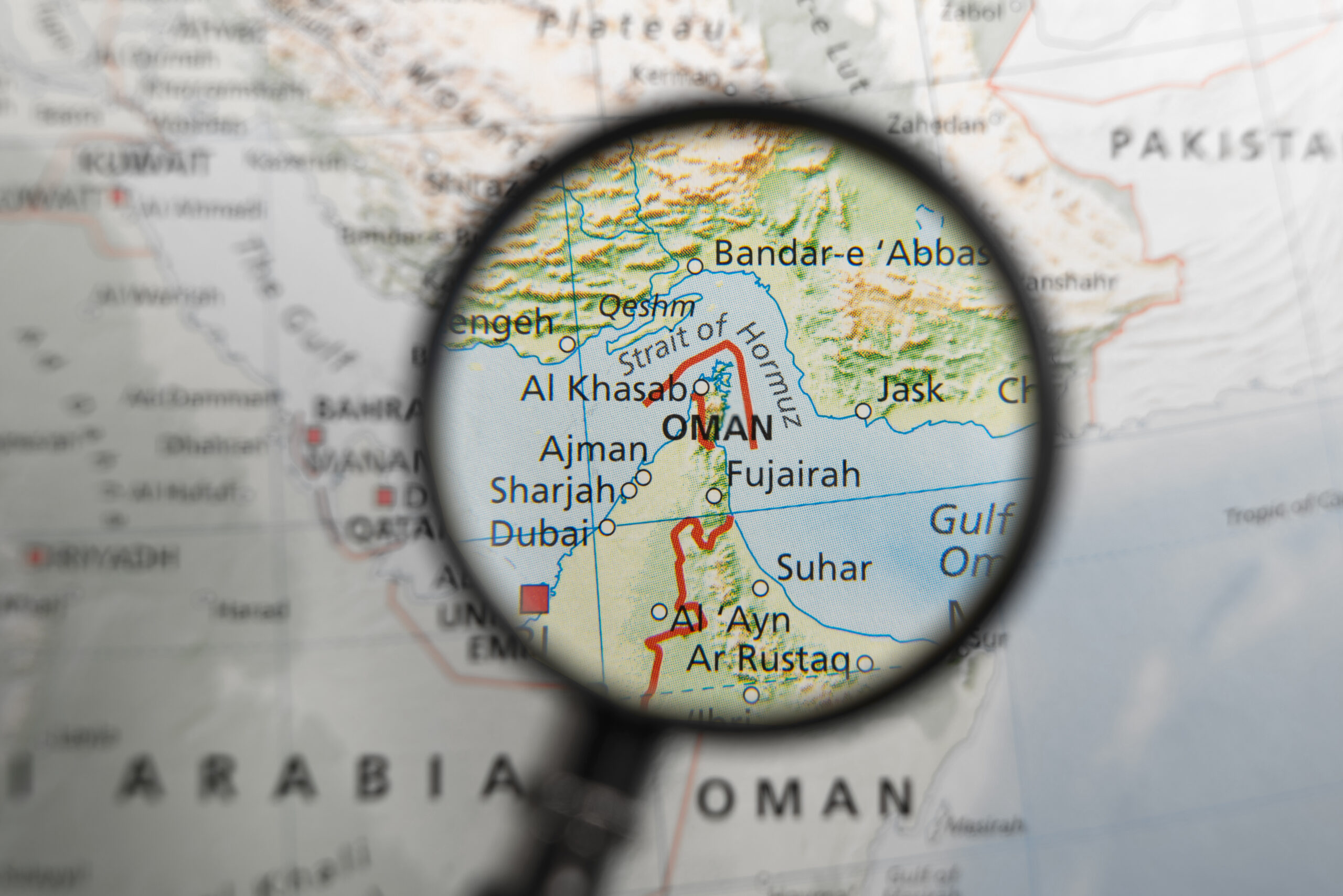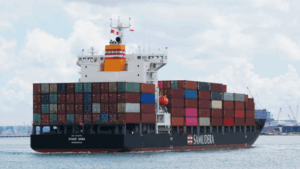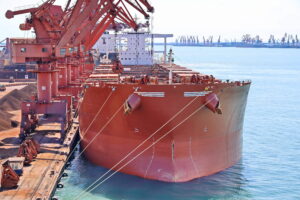The number of transits through the Strait of Hormuz has shown a downward trend over the week, but a minor increase on June 16 for cargo-carrying vessels 1,000 gt and above, according to an advisory note on June 17 by the Joint Maritime Information Center (JMIC).
According to the latest JMIC report, the regional threat level remains “significant” as strikes continue from both Iran and Israel. The maritime threat level is elevated due to the possibility the maritime environment, infrastructure and shipping becoming involved should tension increase.
The region is still experiencing persistently high levels of electronic interference, particularly with the GNSS systems.
The Strait of Hormuz remains open and commercial traffic continues to flow despite reports of electronic interference in the region.
JMIC said it has no information pointing towards a blockade or a closure, adding that it continues to monitor the situation closely and will provide timely updates should there be any changes.
In its latest report, the United Kingdom Maritime Trade Operations (UKMTO), which operates a voluntary reporting scheme (VRS) for the Indian Ocean, specifically Red Sea, Gulf of Aden, and Arabian Sea, advises vessels to transit with caution and report any suspicious activity.
Despite the rising tensions in the Middle East, given the Israel-Iran strikes, companies and vessels continue to navigate the seas with caution, as some ocean carriers try to avoid the Red Sea showing no intention to go back in mass.
UKMTO received a report yesterday of an incident involving a collision between two vessels 26 nautical miles north east of Fujairah.
“There is no indication that this incident is the result of hostile activity resulting from the ongoing regional conflict,” UKMTO said, adding that “local authorities are dealing with the incident.”



